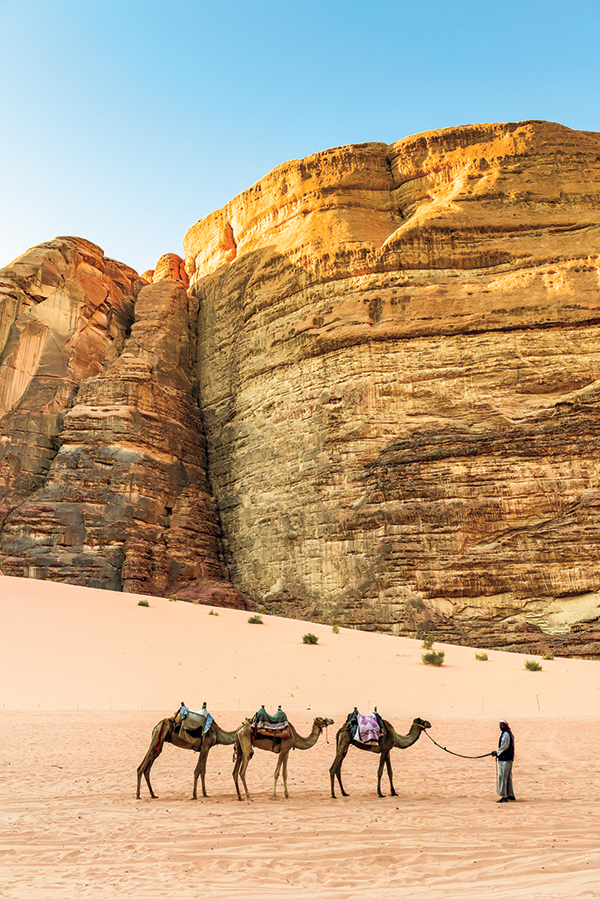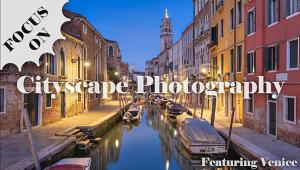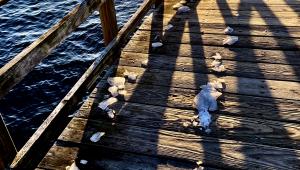Live, Learn, Shoot: How Winning a Photo Contest Taught Me a Lesson About Travel Photography

All Photos © Blaine Harrington
Not too long ago I entered a PhotoShelter contest that called for entrants to submit a single photo they deemed their best travel image. I didn’t know if the one I sent was in fact my best, but I was certain it would get the judges’ attention. If you’re a regular reader, you might have seen it featured in my column in the November, 2014, issue: the image of trucks, sheep, and goats held up by a landslide in the Zojila Pass in Kashmir, India. (If you haven’t seen it, search “asia_04858” at my website.)
I not only got their attention, I took first prize—an all-expense-paid, 10-day photo tour in Jordan for me and my wife, Maureen. I’d been to Jordan three years prior, so I knew there’d be lots of photo opportunities to explore. Added benefits were access to great sites and locations and the joy of having someone else make all the complicated arrangements for that access.
On the trip with us were two tour leaders, two guides, and four photo enthusiasts who’d signed up. The tour leaders basically led us to photogenic locations and provided advice and suggestions when asked.
I came home with photographs I’m very happy with, and some unexpected knowledge. By noticing how the tour was conducted and how the other photographers responded to the opportunity, I was able to evaluate and appreciate the working methods and attitudes I’ve naturally developed over the years, and that now I take for granted.
The tour wasn’t a workshop, but it sure was a learning experience.


Look For Pictures
I noticed right away that I did things differently. In Amman, for example, the tour leaders were taking us to a destination at the end of a long boulevard. I was finding subjects along the way—after all, what’s the point of walking through a city and not looking for pictures? The others were not into street shooting or people photography. For that matter, they seemed not to be into observing anything at all. I realized, with some surprise, that not everyone shoots what’s there to shoot; not everyone explores on the way to a destination.
And when they got to the destination, it was basically one or two shots and then on to the next location. Which is not the way I work. I take a lot of images. I take pictures in sequences and at different focal lengths. I shoot verticals and horizontals. Simply, I aim to tell the story of a place, and on this trip the story was: what makes Jordan Jordan?
Noticing that the other photographers didn’t deviate from the planned itinerary made me realize that often people are so destination driven they don’t take advantage of what they can see and capture along the way. There are things they do, or don’t do, that actually limit or preclude photo opportunities.
Gear as well as attitude plays a part in this. Not so much when it comes to cameras and lenses, but accessories—tripods, for instance. I use one—not a lot, but when necessary. What I saw on this tour was photographers so often tethered to their tripods that they were not able to take advantage of what was happening all around them. It seemed too much trouble, or not at all possible, to move their tripods or to release their cameras from them.
And then there’s flash. I never saw one of the other photographers use it; it was natural light or nothing. I can understand that some prefer not to carry extra gear, but you miss so many possibilities—not only shots that can be made because of flash, but images that can be improved by its use.


Be A People Photographer
There are areas of the world in which people are not generally known for being super friendly about having their pictures taken. I understand that, and I respect it, but that doesn’t mean I’m not alert to opportunity.
I’ve found there always will be people who at least don’t object, and at best make it obvious they’d like their pictures taken. On the tour the others did not seem to know or notice that people in Jordan were very friendly, and the opportunities for people pictures were plentiful.
I realized as I was taking people pictures that many photographers don’t cross over. They may be wildlife shooters or landscape shooters or sports shooters, and that’s it. That’s their decision and it’s okay. But this was a photo tour for travel photographers, and the others weren’t really taking advantage of the possibilities, perhaps because the tour leaders were not people photographers, and the others were following their lead.

Be Curious
What I mostly saw in the other photographers was a lack of curiosity and spontaneity, both of which I encourage when I lead photo treks and workshops, and both of which are second nature to me. Photographers aren’t there only for the experience of being there. They don’t hang around waiting to notice what someone else points out to them.
I began to categorize incidents and events on the tour under “destination versus exploration” or “checklist versus discovery” headings. For me travel photography isn’t a series of destinations or checklists; it’s an adventure, an ongoing discovery. Preparation can be tedious, the travel tough, and plans disrupted by bad luck or bad weather. But photography itself is never, “Here’s the great twilight shot…got it…check it off the list…move on.”
I look at the scene and explore the possibilities to find other ways to tell the story. When I get to the point of actually being able to make pictures, I take full advantage, and I make the most of those moments. An unexpected bonus of winning the contest was confirmation of my methods and the determination to exploit what comes naturally.
A selection of Blaine Harrington’s images, including the photo that won him the trip to Jordan, can be viewed at his website, blaineharrington.com.
















































